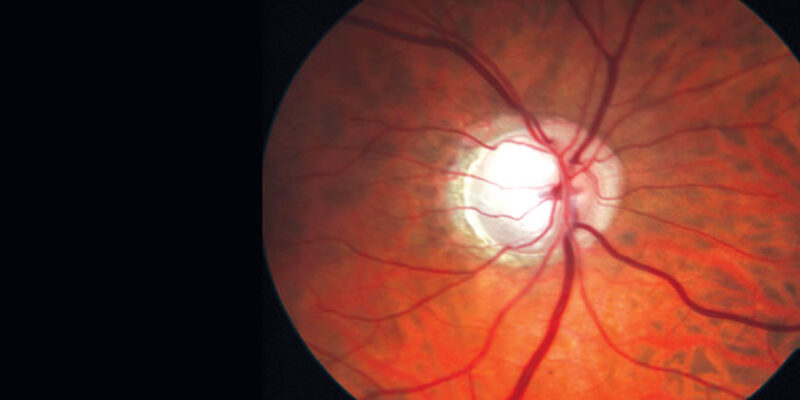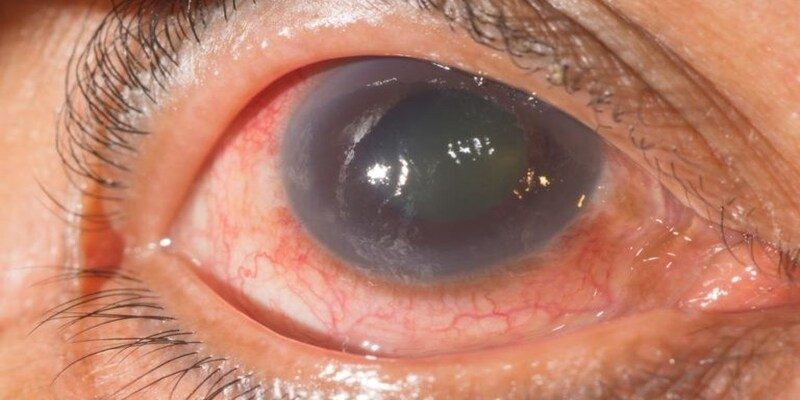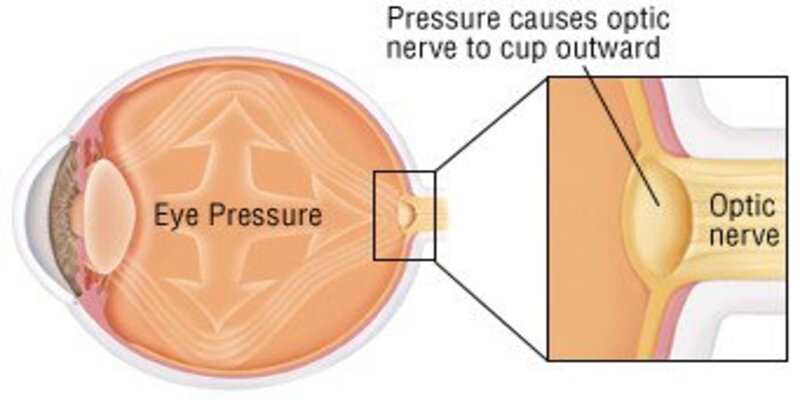The failure of the eye's natural fluid to drain correctly leads to a collection of disorders known as glaucoma. Due to the increased pressure, the optic nerve that transmits visual information from the eye to the brain is damaged and eventually severed, leading to permanent blindness. Age, family history, race, and other medical disorders, including diabetes and nearsightedness, might raise the risk of glaucoma. However, the exact reasons are yet unknown. While it may strike at any age, those over 60 seem to be the most often afflicted. Glaucoma is the major cause of blindness among persons of African and Hispanic ancestry in the United States and the second most prevalent cause of blindness globally.
What Are The Causes Of Glaucoma?
Multiple factors contribute to the development of glaucoma. Most occurrences result from increased intraocular pressure brought on by blocked tear ducts. The pressure within the eyeball rises, causing harm to the optic nerve that travels to the brain. Glaucoma comes in numerous forms, each of which may have unique contributing factors. However, the optic nerve, which transmits visual information from the eye to the brain, is damaged in all forms of glaucoma. Primary open-angle glaucoma, the most prevalent form of the disease, develops when the eye's natural fluid (aqueous humor) does not drain enough. In extreme cases, this may lead to elevated intraocular pressure (IOP), which in turn threatens the health of the optic nerve.
Glaucoma may also have other causes, such as:
- Birth or early postnatal onset of congenital glaucoma
- Caused by anything other than glaucomas, such as a disease or a drug, is known as a "secondary.
- When the iris completely covers the drainage angle of the eye, a condition known as acute angle-closure glaucoma develops.
- When the optic nerve is injured yet the IOP is normal, this condition is known as normal-tension glaucoma.
- Age (particularly over 60), family history, elevated intraocular pressure (IOP), certain medical disorders (such as diabetes or hypertension), and certain racial and ethnic groups all increase the likelihood of developing glaucoma (such as African American or Hispanic).
- You should have frequent eye examinations if you are at risk for glaucoma or have a family history of the illness to keep track of your eye health and catch any issues early.
Glaucoma Types?
Treatment for glaucoma depends on the specific form of the disease that the patient has.
Glaucoma Open-Angle Primary

The most prevalent kind of glaucoma, primary open-angle glaucoma, occurs when a blockage develops in one or both of the eye's drainage canals, leading to a rise in intraocular pressure. Despite the lack of symptoms, this kind of glaucoma usually responds favorably to therapy if diagnosed in its early stages.
Acute Angle-Closure Glaucoma
Acute angle-closure glaucoma seems more prevalent in persons with smaller eyes and occurs more often in those with obstructions. It creates rapid, severe symptoms that need immediate treatment; medication to decrease the pressure is often required prior to surgery to fix the condition. Secondary glaucoma may develop when an eye is damaged, a disease progresses, or a patient takes a medicine like steroids.
What Are The Glaucoma Symptoms?
When glaucoma first develops, it often has no noticeable symptoms. It often worsens gradually over many years, starting with peripheral vision. Because of this, glaucoma is frequently not diagnosed until a person has a normal eye exam. If you have symptoms, you may notice halos around lights or hazy vision. Although generally affecting both eyes, it may sometimes be more severe in one.
Extremely rarely, glaucoma may appear out of nowhere and result in:
- Irreparable eye damage
- symptoms of nausea and vomiting
- eye redness
- I've got a headache
- delicateness in the ocular area
- Observing Light Circularity
- hazy perception
Is It Possible To Treat Glaucoma?

A person who lost sight due to glaucoma cannot regain it. However, medicine or surgery may stop any additional vision loss from occurring. Treatment for glaucoma must be ongoing for the patient's whole lifetime.
Conclusion
The optic nerve may be damaged by glaucoma, a set of eye disorders. The optic nerve is critical for seeing clearly because it transmits visual data from the eye to the brain. High intraocular pressure is a common cause of damage to the optic nerve. However, glaucoma may occur in people with normal eye pressure. Although it is more frequent among the elderly, glaucoma may affect people of any age. Among those over the age of 60, it accounts for a significant percentage of cases of blindness.
In many cases of glaucoma, no symptoms will ever appear. The impact is so subtle that you may not notice a difference in your eyesight until the disease is advanced. Having your eye pressure checked regularly is essential to any comprehensive eye checkup. In many cases, vision loss from glaucoma may be reduced or even avoided if the disease is diagnosed in time.



